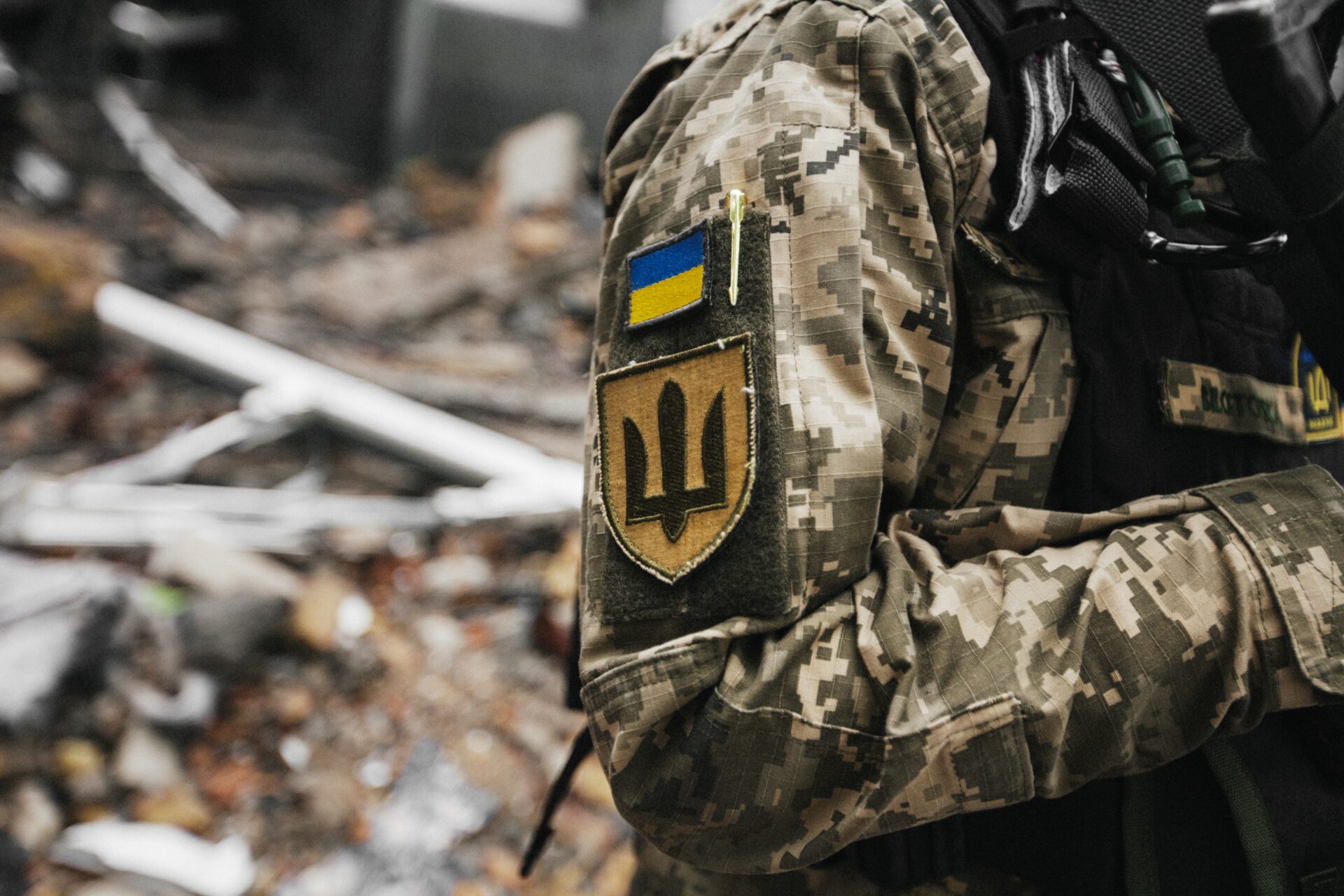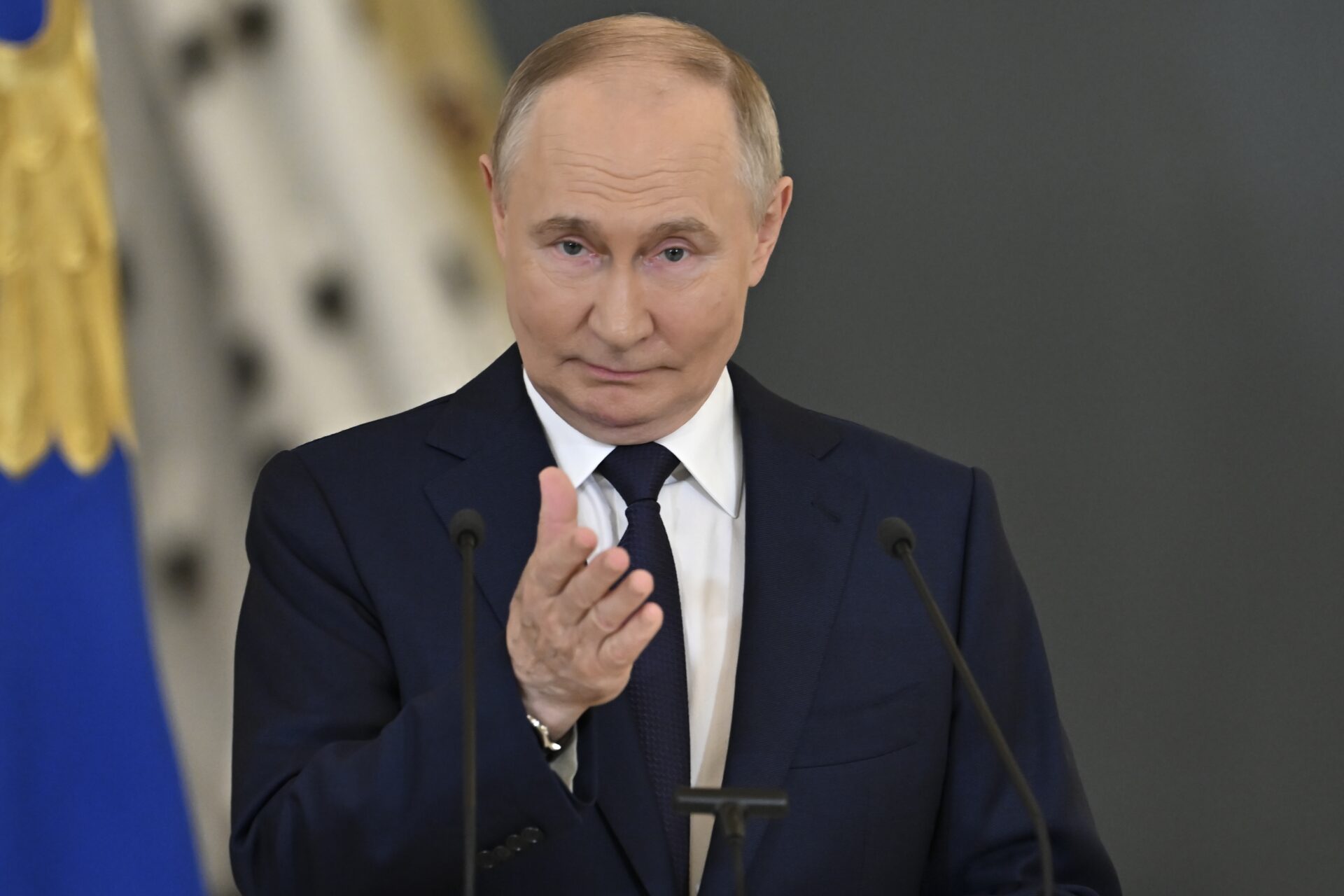
Ukraine RISES as Europe’s Military GIANT!
Ukraine has transformed into Europe’s largest and most battle-hardened military force, reshaping the continent’s security order while straining under the weight of uncertain Western support.
At a Glance
- Ukraine’s military has grown to nearly one million troops.
- Defense industry output soared from $1 billion to $35 billion.
- Western aid enabled expansion but remains inconsistent.
- Ukraine ranks among the world’s top 20 militaries.
- Sustainability depends on continued foreign support.
Ukraine’s Military Transformation
Since Russia’s 2022 invasion, Ukraine has vaulted from a mid-tier force into Europe’s largest and most combat-experienced army. Nearly one million personnel now serve, supported by a surge of Western equipment, intelligence, and training that propelled Ukraine into the top 20 of global military power rankings.
The domestic defense sector has expanded at breakneck speed, swelling from $1 billion before the war to $35 billion in output. This transformation has reshaped European military planning, with Ukraine emerging as a case study in wartime adaptation, rapid mobilization, and industrial resilience.
Watch now: Ukraine’s Rising SKY POWER is BREAKING Russia’s Back
Military analysts argue that Ukraine has effectively become a reference point for NATO and European armies, forcing a rethink of doctrines, weapons systems, and logistical readiness. Yet the sustainability of this growth remains in doubt without reliable external assistance.
Western Support and Its Limits
Western allies, including NATO members and the EU, have provided essential lifelines: advanced artillery, missile systems, drones, and ongoing intelligence sharing. However, support has fluctuated, with political divisions in Washington and European capitals slowing aid packages and creating uncertainty over future commitments.
This inconsistency leaves Kyiv exposed. Analysts warn that without dependable external funding and supply flows, Ukraine may struggle to preserve its hard-won military standing. Attrition on the battlefield continues to drain resources and personnel, testing the endurance of both the armed forces and the wider population.
Ukraine’s heavy reliance on Western material raises long-term concerns. While the country has demonstrated industrial innovation and the ability to scale production, the pace of consumption in high-intensity conflict has outstripped domestic capacity, leaving sustained dependence on outside aid.
Implications for European Security
The rise of Ukraine’s military has fundamentally altered Europe’s security map. Kyiv’s battlefield innovations—particularly in drone warfare, decentralized command structures, and rapid technology integration—are shaping NATO strategy and redefining what modern armed forces require to remain competitive.
European states have begun aligning procurement and training standards with lessons learned from Ukraine’s campaigns. This has accelerated discussions on military-industrial cooperation and defense spending targets across the continent.
Yet the transformation carries deep societal costs. Long-term mobilization and casualties weigh heavily on Ukraine’s economy and demographic balance. While military strength grants Kyiv new leverage in diplomatic negotiations, the question remains whether this advantage can be sustained without exhausting its national base.
Ultimately, Ukraine’s military ascent highlights both the promise and the peril of wartime transformation: a nation that has become a cornerstone of European security, but one whose future depends on external support and a resolution to a grinding conflict that shows no sign of quick conclusion.
Sources
Global Firepower
Atlantic Council
United24 Media
Military Power Rankings
Reuters


